Low prices for components of Mi Home smart home. Choose category:
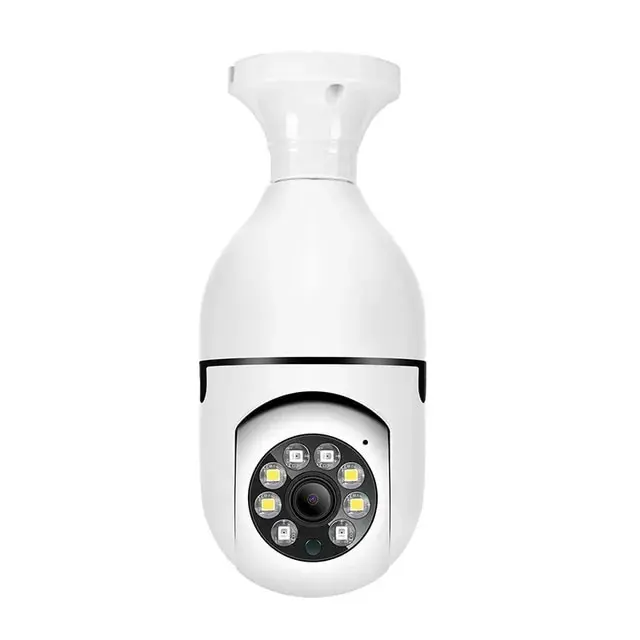
Household security
Household security
Video cameras, alarms, locks
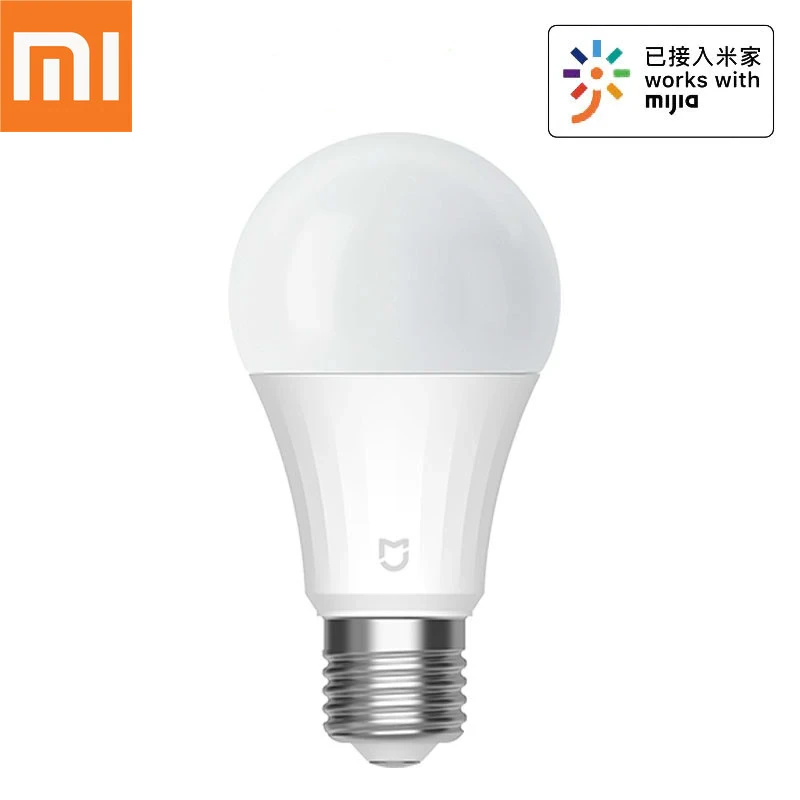
Lamps / Lighting
Lamps / Lighting
Lighting: lamps, bulbs, LEDs
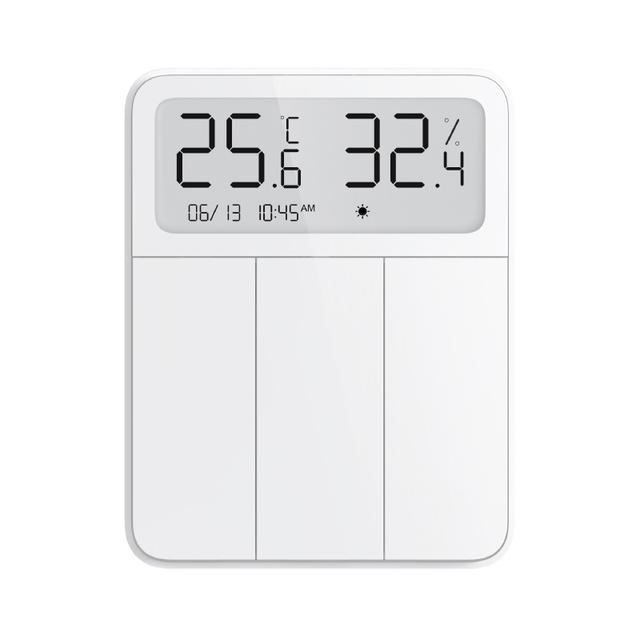
Power switch
Power switch
Smart switches, wireless buttons, relay etc
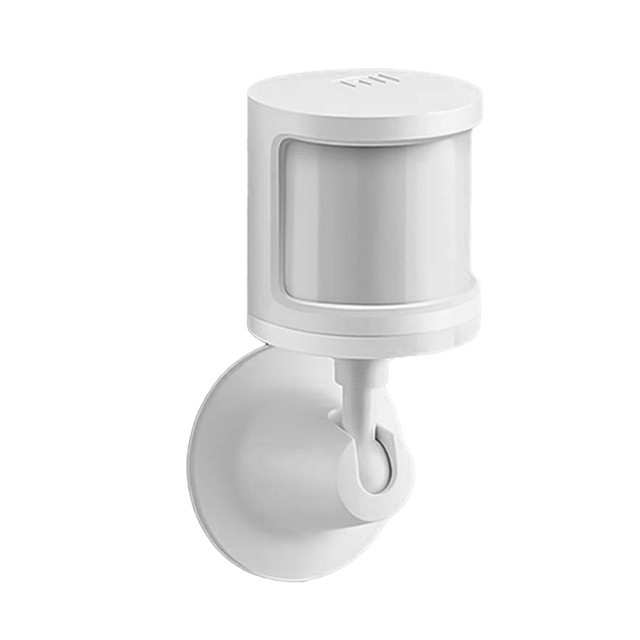
Sensors
Sensors
Sensors, detectors, thermometers
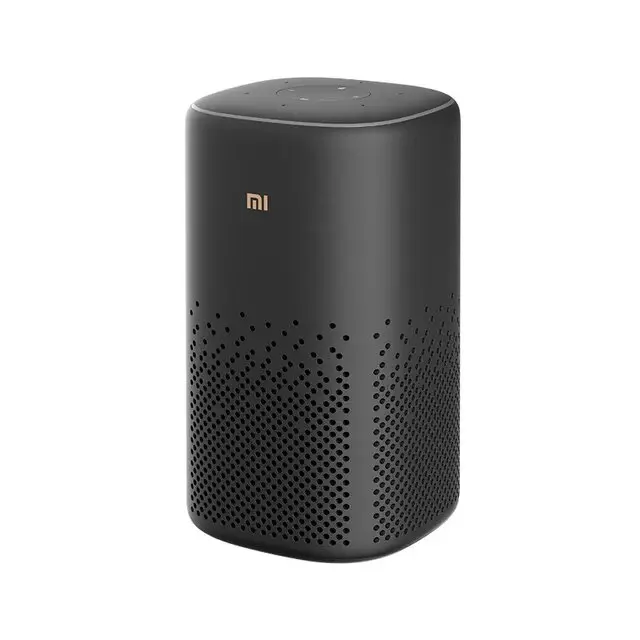
Entertaiment
Entertaiment
Speakers, toys, TV, radio
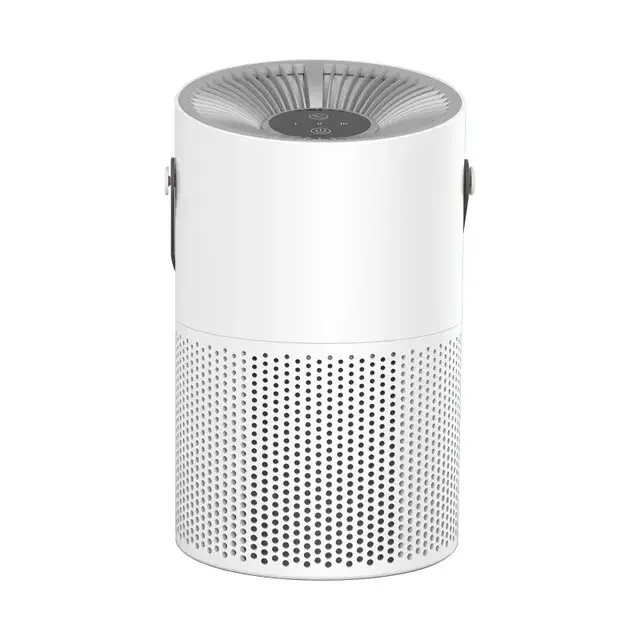
Air Threatment
Air Threatment
Fans, Air Purfiers, air conditioners, humidifiers...
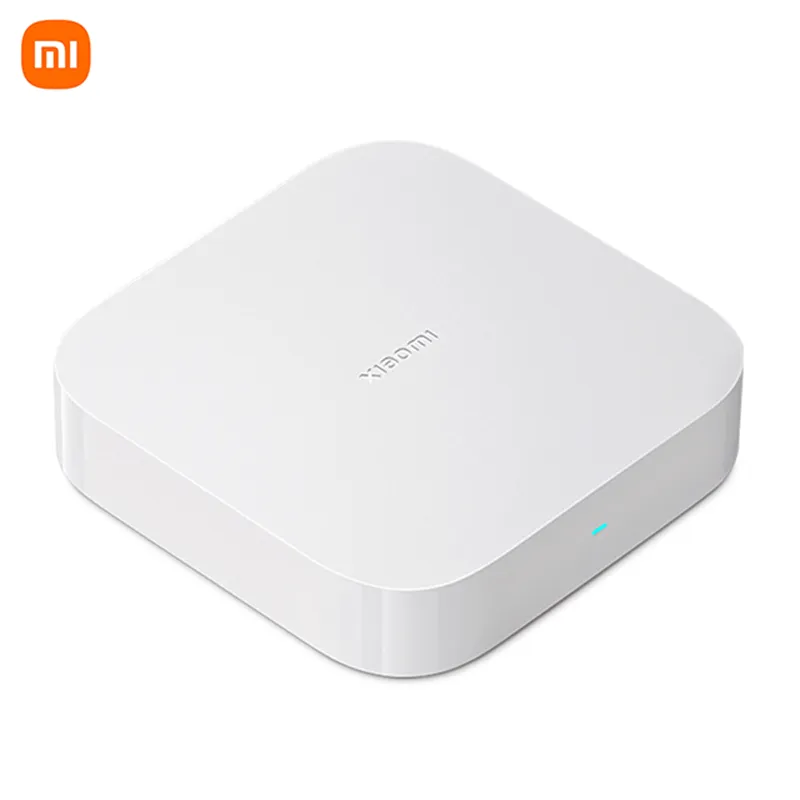
Hub / Gateway / Router
Hub / Gateway / Router
Main smart home controllers to connect and manage other smart devices via Zigbee or BLE protocols. Also in this category wi-fi amplifiers and smart routers
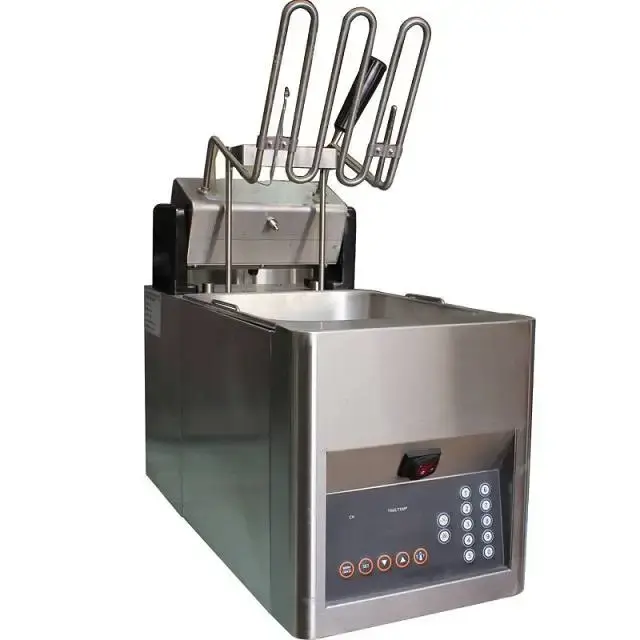
Kitchen Electronics
Kitchen Electronics
All for kitchen
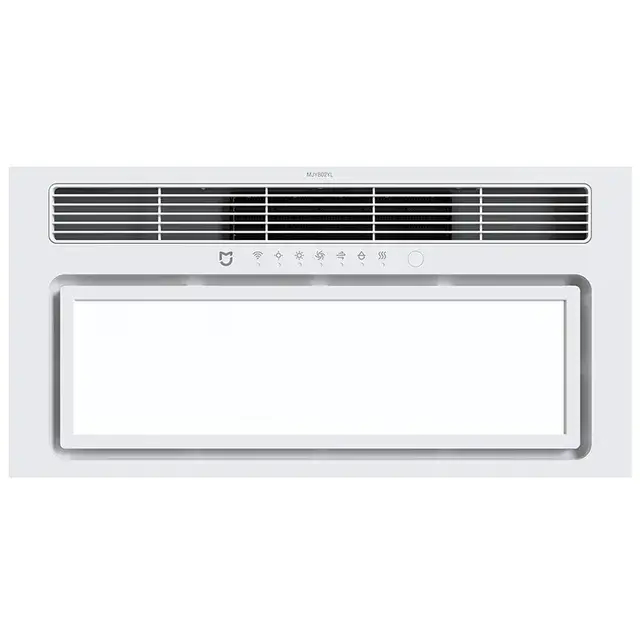
Bathroom
Bathroom
Bathroom snart devices
Cleaning appliances
Cleaning appliances
Smart mop, robot vacuum, washer and dryer etc
Pets & plants
Pets & plants
All for cats, dogs and plants
Health
Health
Health trackers/monitors
Personal care & daily life
Personal care & daily life
Bed, sofa, toothbrush...
Car-carried devices
Car-carried devices
All for cars and transportation
Office supplies
Office supplies
All for office: printer, chair, desk
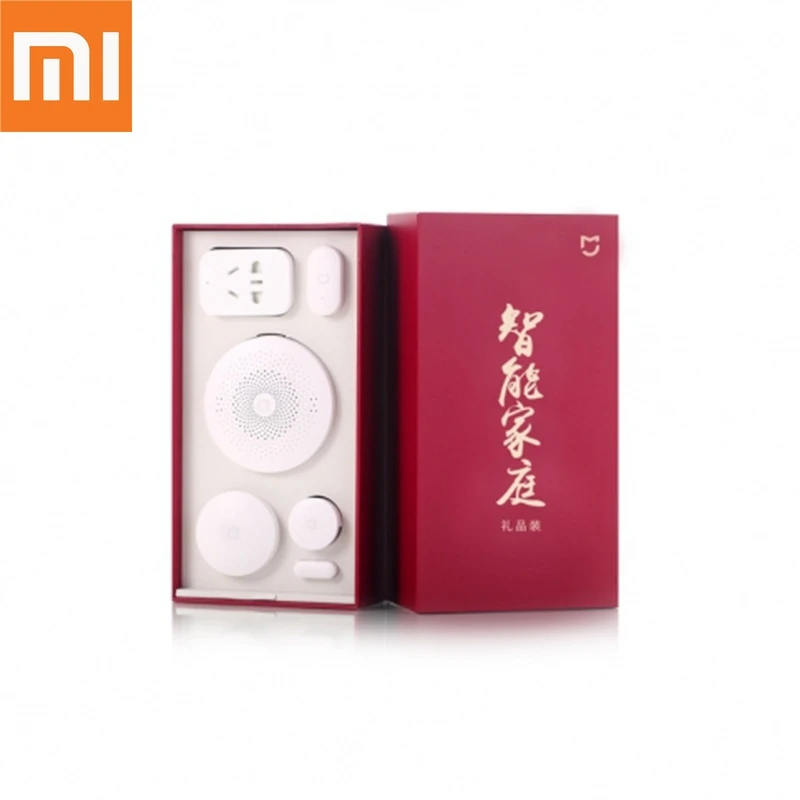
Smart Home Kit
Smart Home Kit
Smart devices sets

Other
Other
Smart devices still not included to other categories
Xiaomi Mijia Smart Multimode Gateway 2

The Xiaomi Mijia Smart Multimode Gateway 2 is a versatile hub that supports multiple protocols and connectivity options. It features Zigbee 3.0, Bluetooth Mesh, dual-band Wi-Fi 5G and 2.4G, and an RJ45 port. With its dual-core pro...
approx. $75.40
Choose and buyXiaomi Center Gateway Smart Home Hub 4

The Xiaomi Center Gateway is an intelligent multimode smart home hub that supports 2.4GHz, 5GHz WiFi, Bluetooth 5.0, and Mesh technology. With 4GB of storage and OTA capabilities, this hub works with Mijia and provides a seamless ...
approx. $98.64
Choose and buyXiaomi Mijia Smart Human Body Sensor 2S

The Xiaomi Mijia Smart Human Body Sensor 2S is a high sensitivity luminance detection motion sensor designed for smart homes. This intelligent device can link to other smart devices to create a seamless home automation experience....
approx. $44.71
Choose and buy